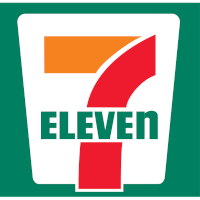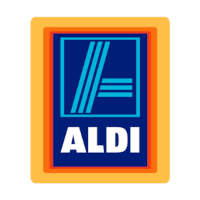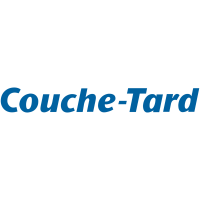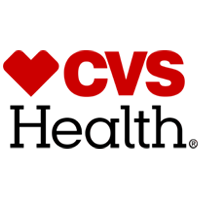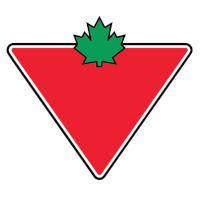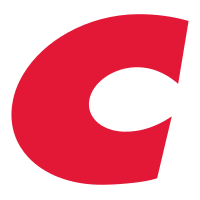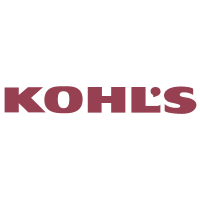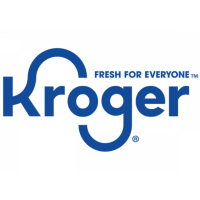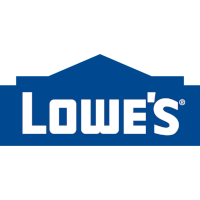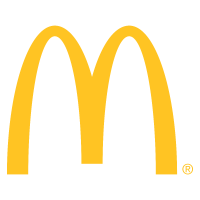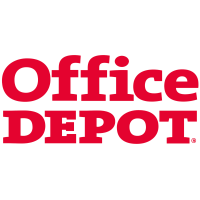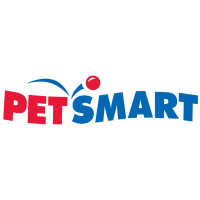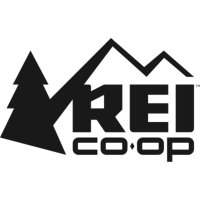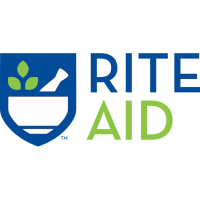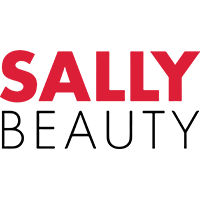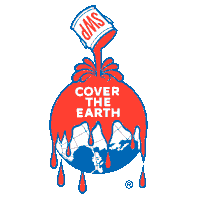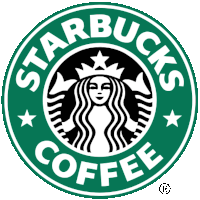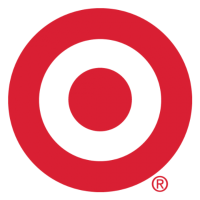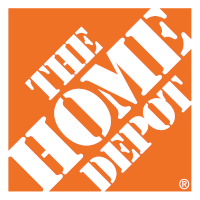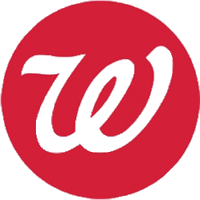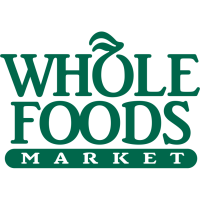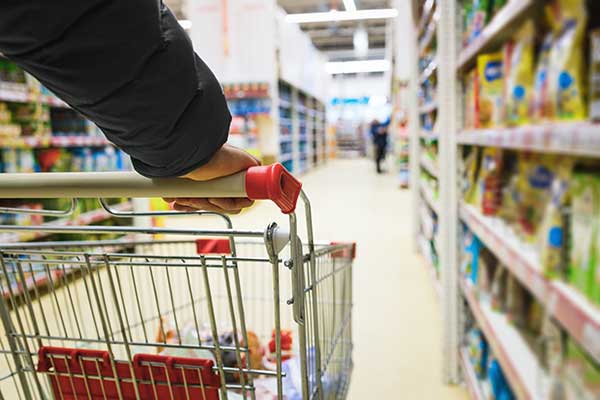Subsidiaries of Walmart

Key Findings and Recommendations
- Corporate Commitment: Walmart has a safer chemicals policy that seeks to avoid chemicals of high concern and prefers safer alternatives. The company is a signatory to the Chemical Footprint Project (CFP), participated in the CFP survey, and plans to make its score public. Walmart should publicly support governmental policies to reduce chemicals and plastics of high concern.
- Transparency: Walmart requires all private-label and brand-name suppliers to provide full ingredient disclosure for formulated product items sold at U.S. Walmart and Sam’s Club stores through UL WERCSmart. Walmart was the first retailer to calculate, track, and report its chemical footprint, beginning in 2017. In 2023, Walmart again publicly reported its chemical footprint for formulated products.
- Ban the Bad: Walmart has different chemical restriction lists for different sustainable chemistry programs. Walmart has a goal to eliminate all PVC and polystyrene packaging for Walmart’s U.S. private-label products by 2025, and recently reported that 97 percent of packaging for private-label products in the U.S. is free of PVC. Walmart’s Reduction Goal Priority Chemical list identifies ingredients in all formulated products that it wants suppliers to reduce. Walmart previously set a chemical footprint reduction goal of 10 percent by 2022 from its 2017 baseline for formulated products, which it exceeded in 2021 with a 20 percent reduction. Walmart should take the next step and set a new chemical footprint reduction goal.
- Safer Solutions: Walmart has publicly adopted a definition of “safer alternative” consistent with Washington state. Walmart sponsored the Green Chemistry Commercialization Innovator operated by Change Chemistry. Walmart sells private-label products that are EPA Safer Choice certified, and recognizes and tracks several safer chemistry certifications, including EPA Safer Choice and Cradle to Cradle. The company should follow through on its commitment to track and publicly disclose the percent of Safer Choice certified products that it sells.
2024 Detailed Analysis of Walmart
Corporate Chemicals Policy
Adopted a safer chemicals policy
Oversight
Established management oversight
Chemical Footprint Project (CFP)
Participated in the CFP
Collaboration
Actively participates in collaborative process to promote safer chemicals
Public Policy Support
Supported governmental policies to reduce chemicals or plastics of high concern
Supply Chain Disclosure
Brands report use of chemicals or plastics in products or packaging to retailer
Supplier Accountability
Ensures supply chain accountability for chemicals or plastics restrictions
Consumer Disclosure
Brands disclose use of chemicals or plastics to consumers
Chemical Footprint Calculation
Publicly disclosed its chemical footprint
Restricted Substances List (RSL)/Manufacturing Restricted Substances List (MRSL)
Reduction/Elimination Goals
Chemicals and Plastics Reduction
Reduced or eliminated toxic chemicals or plastics of high concern
Safer alternative definition
Adopted a definition of safer alternative consistent with Washington state
Investment in Safer Solutions
Invested financial resources to advance and drive development of safer solutions
Implementation of Safer Solutions
Replaced chemicals or plastics of concern with safer solutions
Quantified Safer Products
Measured and disclosed progress towards safer products
How does Walmart compare to its competitors?
Previous Grade History
NOTE: Our evaluation criteria changed in 2024. The scores from previous review years through 2021 are based on a different set of criteria measured.
Click or tap on a grade year to review additional details (where available).




